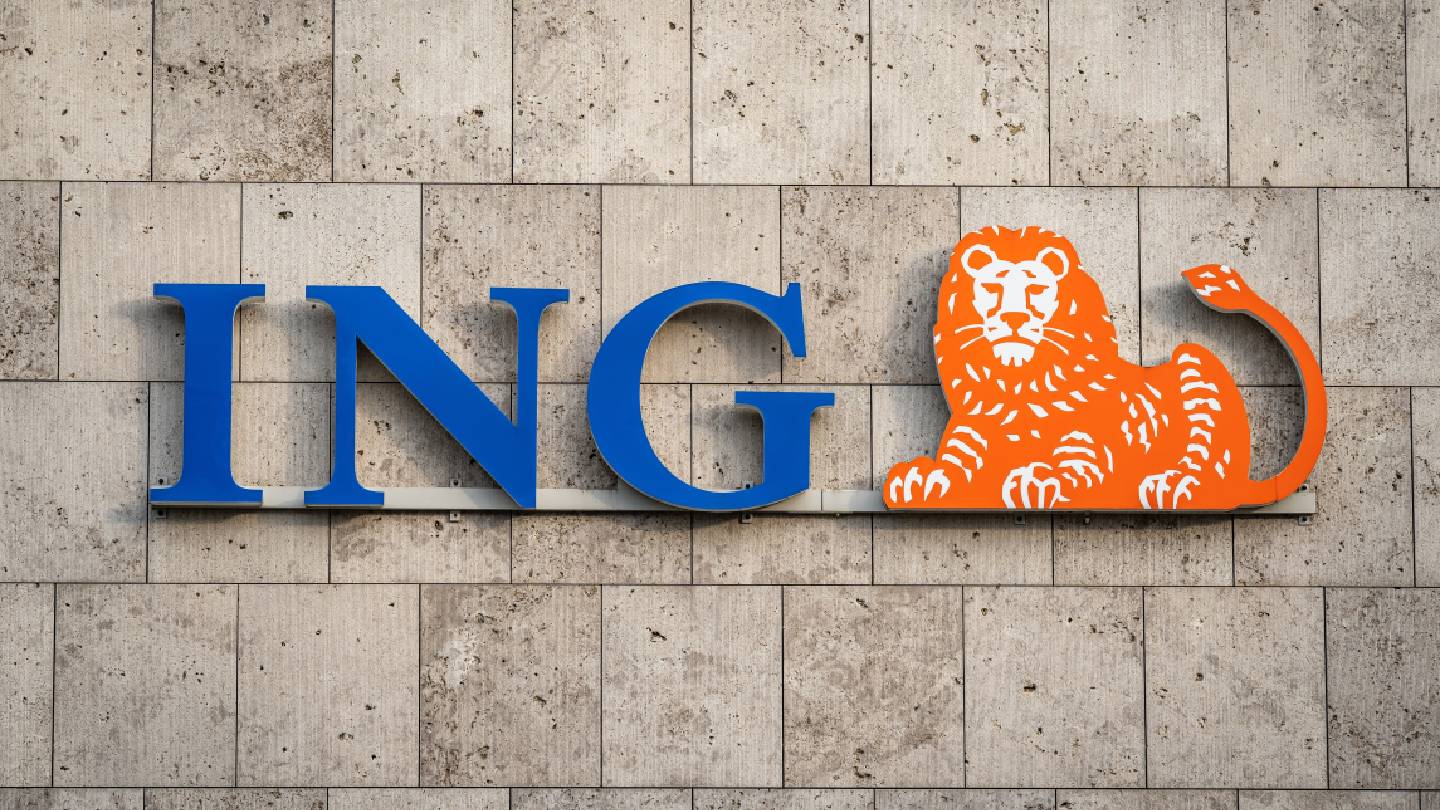Yet Goldman Sachs Research’s global strategy team recently highlighted how higher US equity valuations and greater concentration in mega-cap stocks may warrant international diversification. “It might be difficult for US equities to sustain their outperformance with less of a tailwind from valuations, earnings, and the dollar,” Mueller-Glissmann says.
At the same time, Goldman Sachs Research expects the US dollar to depreciate against other major currencies in the coming months. Going forward, non-US investors will have to more closely consider currency-risk in the portfolios, Mueller-Glissmann says. Also, foreign exchange in emerging markets might become more of a tailwind for related assets in coming years.
Investments in emerging market assets, gold, or a safe source of foreign exchange such as the Swiss franc can also lower US-dollar risk. Emerging market assets are negatively correlated with the US currency, and sectors such as China’s technology firms may help diversify disruption risks for mega-capitalization US technology companies.
Using alternatives can enhance performance and manage risk
And finally, investors can also improve risk-adjusted returns using alternative assets that lie outside benchmarks. For example, private markets have grown significantly and may enhance returns with less volatility by actively managing the underlying assets.
“We think the benefits from allocations to smaller assets and alternatives are likely to increase in the medium term again, both from relative performance and lower correlations,” Mueller-Glissmann says.
Investors can also isolate specific areas within equities (for example, certain styles and sectors), to improve the risk/reward of the World Portfolio. For example, low volatility stocks can diversify the market concentration risks stemming from US growth and tech stocks. Also, there are potentially more diversification benefits going forward from hedge funds and selective liquid alternatives, which tend to have low correlations with the World Portfolio and often have better Sharpe ratios, especially in crises.
Is active investing better than passive investing?
Over the last 25 years, the idea of market efficiency (coupled with lower fees and mixed performance of active managers) has supported the growth in passive investing based on benchmarks. More than half of assets under management in equity funds are now passive, and similarly the World Portfolio helps guide strategic asset allocations for multi-asset investors.
“It’s not a bad starting point, but we think multi-asset investors can do better,” Mueller-Glissmann says of the World Portfolio. “Asset allocation should not be entirely passive. There is definitely value to be added with active management techniques.”
Benchmarks such as the World Portfolio remain influential but can be enhanced by applying a strategic tilting framework to adjust its asset allocations, managing regional concentration and FX risk as well as incorporating alternatives, he says.
“Multi-asset investors should look beyond benchmarks and focus on selective opportunities from market timing and diversification,” he says. “In the medium-term we want to capture innovation, protect from inflation and improve risk mitigation. This framework is a realistic step to achieving this goal.”
This article is being provided for educational purposes only. The information contained in this article does not constitute a recommendation from any Goldman Sachs entity to the recipient, and Goldman Sachs is not providing any financial, economic, legal, investment, accounting, or tax advice through this article or to its recipient. Neither Goldman Sachs nor any of its affiliates makes any representation or warranty, express or implied, as to the accuracy or completeness of the statements or any information contained in this article and any liability therefore (including in respect of direct, indirect, or consequential loss or damage) is expressly disclaimed.
Source: goldmansachs.com





